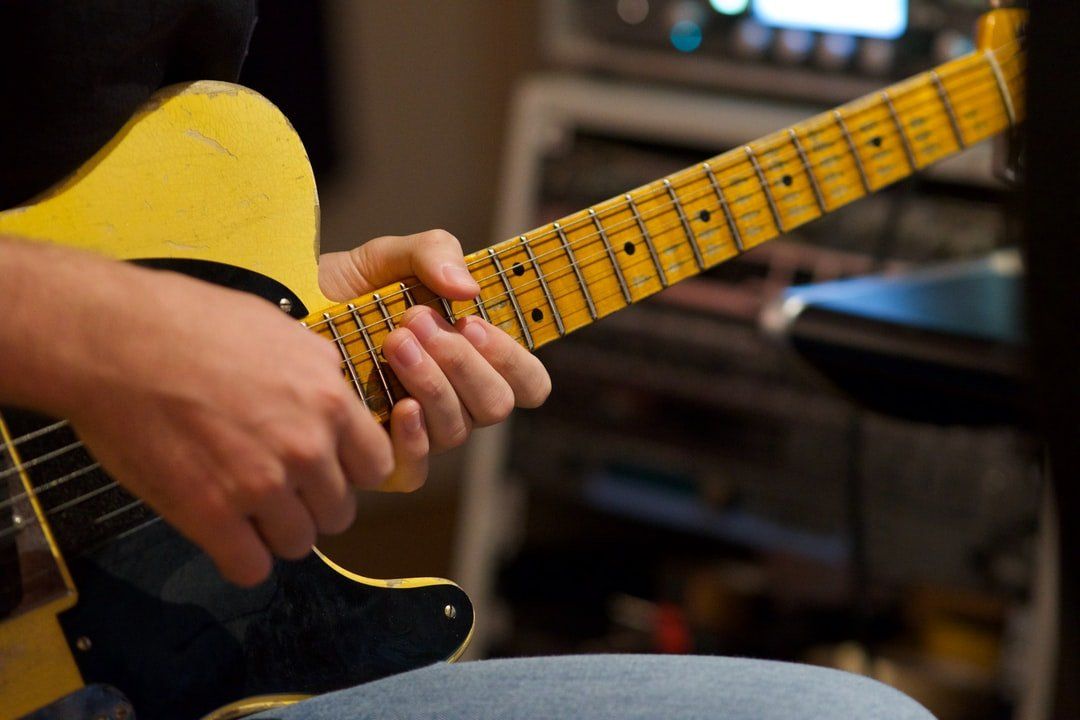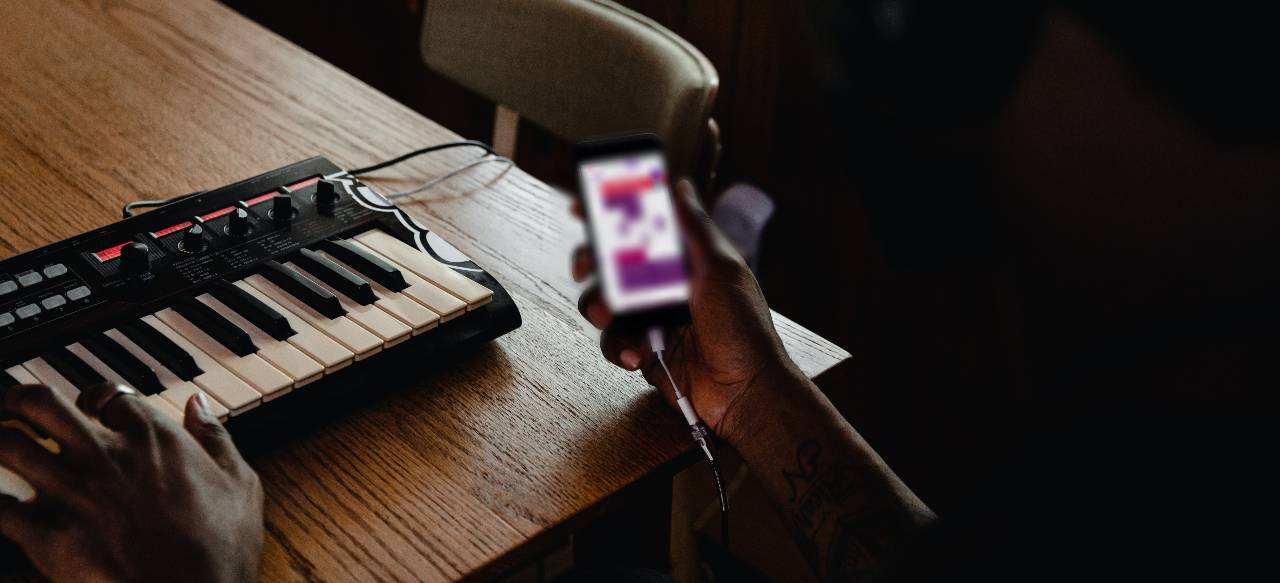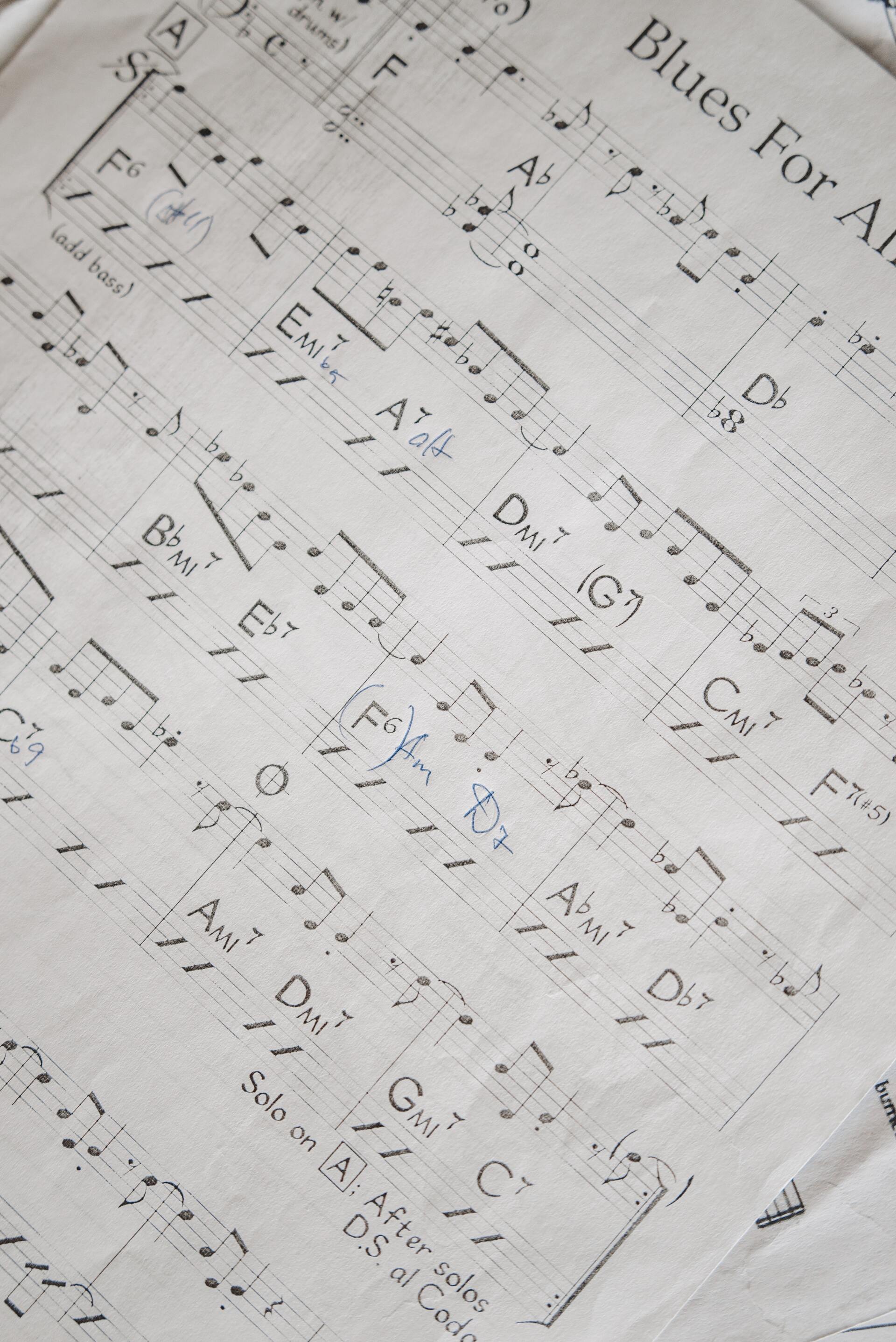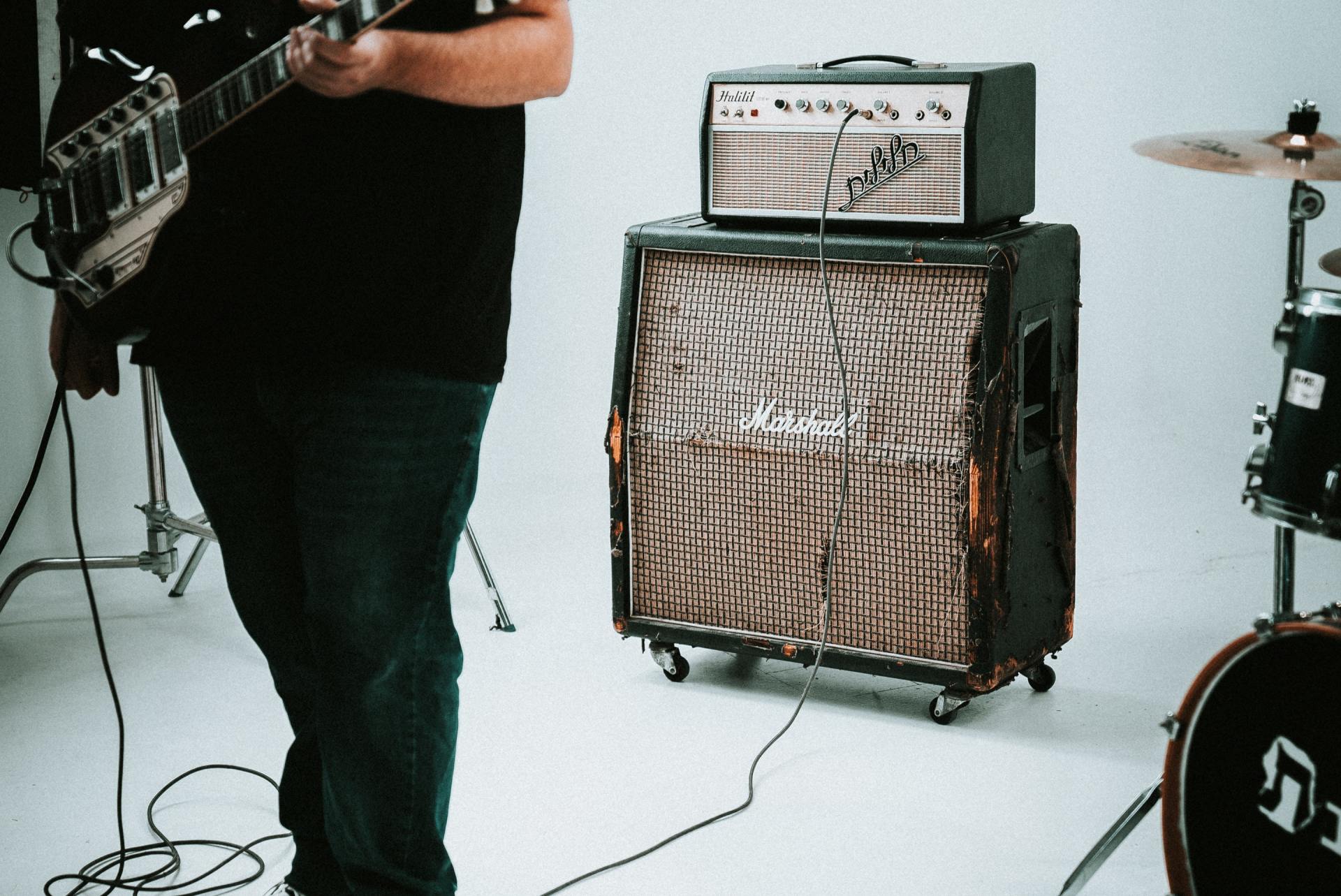The Secrets of Success for Remote Music Collaboration
We repeatedly hear about the latest digital developments that now allow faster this and better that, but how do these apply to musical endeavours?
We’re now very must used to the notion of streaming music through mobile devices, but the practice of remotely creating singles and albums in a similar fashion is not yet widely practiced.
However, remote collaboration has its own, unique place in the musical world. It can be hugely useful to many but for those in more isolated areas, or lovers or less-common genres and hybrids, it may be the best option for finding likeminded artists.
What is remote collaboration?
Remote collaboration happens every day: banks exchanging money, customer service lines, programming or countless other computer-based jobs, and obviously a plethora of work in the creative industry.
We’re used to traditional song-writing practices, the teenage band in the garage, producers and professional studios, or solitary soloists and pairs recording away at home. What most of these examples have in common, of course, is a physical location, hence it seems a little strange to think about “remote” music creation.
All in all, remote music collaborating is simply the practice of making music when all or some of the artists are in separate locales... and it may not be as strange or unnatural as you first assume.
What are the major differences and difficulties?
As mentioned, the biggest difference is the lack of one centralised place, but that doesn’t mean you need to sacrifice real-time communication or brilliant improvisation. Thankfully, with the tech, gadgets and tools we have access to today, it’s entirely viable to create excellent music remotely.
It’s not a replacement for face-to-face sessions, but an effective
alternative for when meeting up just isn’t possible.
Immediate potential difficulties faced will be the feeling of a reduced natural creativity and issue of effective communication, wherein you don’t feel as inspired and somewhat disconnected from your peers. However, the rise of general connectivity and continued competition between music/recording apps and software has led to some ingenious advancement, so groups are able to stream instantly with each other, making live practice possible.
How do get the best results?
The true distinctions between the two mediums can be extensively minimized by knowing a few tips and tricks. There are lots of workarounds for keeping communication quick, protecting that precious spark of inspiration, maintaining efficiency when actually transferring recording files, arranging them and actually producing the track.
Clearly, there’s no one philosophy that works for everyone and certain methods may not apply to your particular project, but even some light consideration over better ideologies towards working well together at long distances will make the entire process easier, more enjoyable and far more productive.
Here is our advice on successful music collaboration:
1. Communicate and Prep
As president Abraham Lincoln is quoted: “Give me six hours to chop down a tree and I will spend the first four sharpening the axe.” In much the same way, music collaboration, whether local or remote, benefits hugely from a dash of proper preparation, a little discussion prior to plugging in.
When working far apart, eliminate the inefficiency and impersonality of e-mail exchanges by choosing to simply call or video chat, using apps such as Skype or Zoom. As well as your best expectations, it’s useful to also talk about things you’re trying to avoid, so that the path to a brilliant end-result appears clearer and more direct.
Alternatively, groups can communicate through in-built features within online music-making apps or producing software, many of which offer some form of chat or live feedback function. Let’s look a little closer at the importance of using these online tools.
2. Powered by Apps
The true source of remote music-making muscle comes from the vast range of fantastic apps and software available right now. Utilising these tools and services can accommodate faster, more effective messaging and bring many responsibilities and duties of creative music into one interface. Here are our recommendations, to mention but a few:
Soundtrap
As per their website, Soundtrap gives you the ability to “record, edit and collaborate on any device, anywhere you go,” highly sought-after features for remote music makers. Audio Assemble rates it quite highly (9.1/10), revering that fact that “it is of one of the few cloud-based DAW’s that allows collaborations within the same session in real-time... [making it] a legitimate community of musicians.”
Based on a freemium model, with additional features unlocked through subscriptions, the app has an impressive library of over 4,000 loops, beats and presets, allows the import of your own files (mp3, m4a, wav) and notably superior synchronization features for quick, effortlessly layering.
Pibox
“Review creative content 70% faster”, claims Pibox, an interface designs for better communication and transferral of files. Think of it like Slack or Microsoft Teams for musicians and producers. Users are able to leave feedback on specific parts of tracks, benefit from generous cloud storage and make use of an array of organizational and communicative tools.
In their review, Finances Online mention that “Pibox also provides a platform wherein you, your team members, collaborators, and reviewers can work in tandem,” featuring “extensive file support” and “high-definition calls and streaming to improve your team’s productivity.”
Avid Cloud Collaboration
For those who already make use of Avid’s hugely prevalent Pro Tools, their Cloud Collaboration feature allows multiple users to effectively manage a project remotely, with an integrated chat feature for better communication and edit notes.
Available on any device with the Pro Tools software, you can easily start a collaborative project, or make an existing track collaborative, with the click of a single button. Afterwards, you’re able to work with anyone from around the globe, be it a singer, instrumentalist or producer.
“Collaborating with creatives who have a similar mindset but different
skills or experience can directly benefit you,”
University of Silicon Valley
Those mentioned are great resources, but there are other amazing options. If you’d like to know more about these sorts of apps, the Musician's Institute has a great read, as does the Landr blog – a provider of its own music collaboration app – as well as an article by Musician Wave.
Regardless of your software selection, the vital factor is finding a platform that works for everyone, as to make sharing, mixing and feedback more convenient. In certain cases, it may be better to implement multiple apps or software.
3. Own the Tool, Learn the Tool
Once you’ve found a place to compile ideas, share recordings and communicate well, spend a little time making sure you’re competent with the platform, and are taking advantage of as many applicable features as possible. For every type of software, there’s tenfold the number of tutorials online, available both as written guides or help videos.
For example, say you wanted to learn more about Garageband. You could find countless videos on a dedicated YouTube channel like The GarageBand Guide or learn about GarageBand Power Tips in a written piece.
Of course, anything you do learn is not only valuable to you but every member involved in the project. You can quicken the process and increase efficiency by sharing new knowledge about any tricks, shortcuts and features you find. As a consequence of this kind of co-operation, you will probably find that your team general feels closer, further improving productivity.
4. Keep yourself Disciplined
When you’ve booked studio time, it’s easier to get into a serious mindset and consider every minute there as money leaving your band’s wallet. However, with remote collaboration, in lieu of a physical space, you run the risk of letting yourself feel a bit too relaxed, unless actively keeping yourself in check.
When you understand your project as a collective effort towards a valuable and refined piece of music, you may be more inclined to act more professionally, leading to generally better working practices. Equally, scheduling meetings and sessions online should be done with a similar gravitas and professionalism.
When you’re working within different time zones, keeping to a set schedule is even more crucial for the healthiness and continuance of your team relationships. If you agree upon a section of the day to freely jam or practice a certain section, you should treat it as working hours, which applies to video calls too. For some more general guidance on online etiquette, you can check out Slack’s Ultimate Guide to Remote Meetings.
5. The More the Merrier, the Merrier the Mightier
One of the major advantages of working collaboratively is the capability to pull from greater collective experiences and knowledge. If you’ve got it, flaunt it, as they say, so don’t be shy about seeking or giving advice as a way to maximise your collective potential.
Just as every extra member brings new perspective, ensuring all contributors feel respected and valued will bring with it greater enjoyment and passion for the project. Keep in mind that collaboration of any manner should be mutually beneficial for all participants, and when it isn’t you will find that people quickly become disinterested in sharing their riffs or mastering your mix.
Another note is to cultivate that sense of intimacy and heart that presents when you’re face-to-face in practice rooms and studios. Actually, it is possible to experience a strong bond with your fellow musicians even when exclusively working remotely.
Swedish DJ and producer Johan Hugo has turned to “doing sessions on Zoom and using tech that allows you to mix live in real time and in high fidelity” in reply to extended lockdown. “What’s surprised me,” he says “is that you can get a sense of intimacy and connection within a remote session.”
6. Open Mind
In the 2012 Handbook of Organizational Creativity, Paulus, Dzindolet and Kohn express the idea that “creativity implies freedom” and that “members of an organization or a team must feel that the organization or team is receptive to and supportive of the expression of new ideas [otherwise] individuals will not risk the potential ridicule or negative reactions that may accompany new ideas, especially radical ones.”
Simply put, keeping an open mind to better foster new, alternative ideas is often a precondition of a fair, fun creative environment. In efforts to preserve a healthy working relationship within your group or team, allow exploration into many avenues. Don’t stress too much if this slows down production a little; while adherence to deadlines is import in a business sense, it doesn’t actually influence the music like a feeling of creative freedom does.
Conclusion
We’ll always think about music creation in terms of guitarists jamming in their basement, and there’s little to no chance that physically getting together will be replaced, but in times and situations where that’s utterly undoable, getting to grips with remote music collaboration can considerably help you, not just with making tracks but mates too.
In reality, anyone with a positive attitude and a noticeable passion for their project has a better chance of working better with others. For your next hit, though, it may just make all the difference to remember these few tips and tricks on how best to produce your remote music collaboration.












